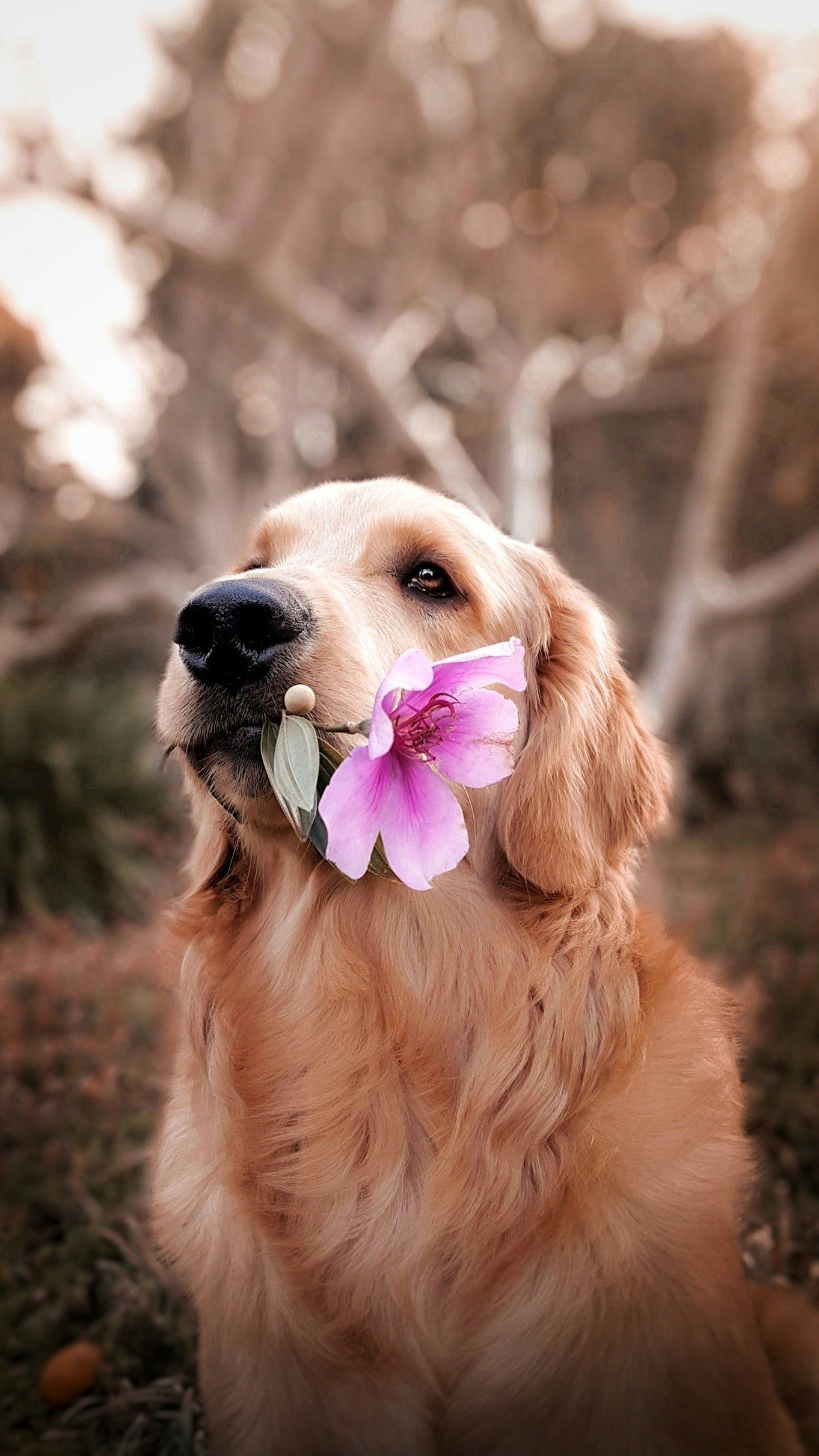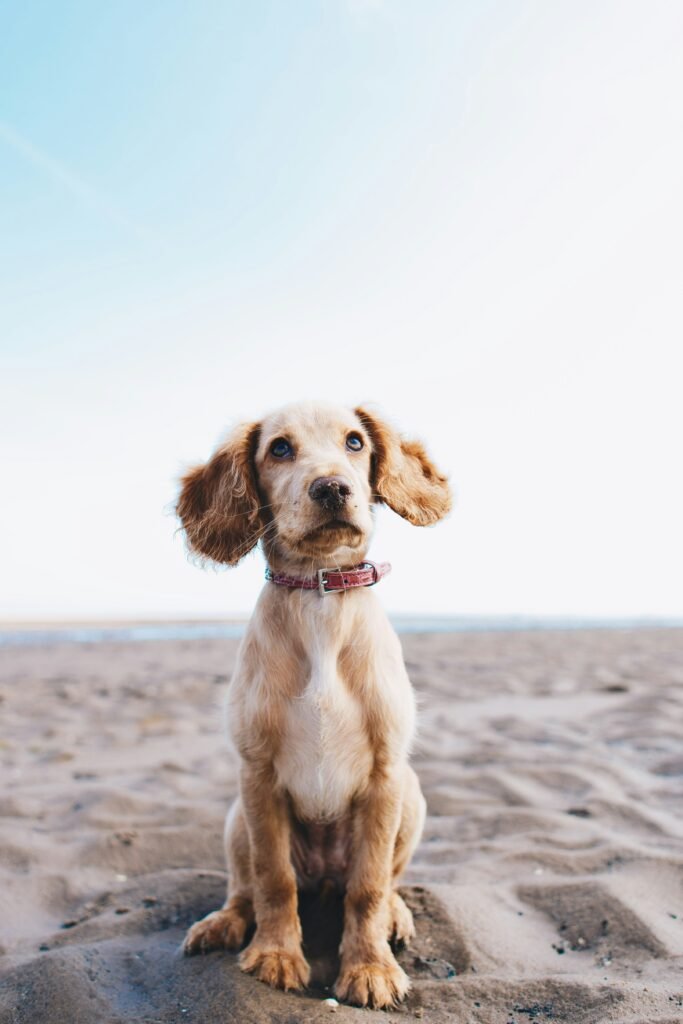
Effective Crate Training Tips
If you’re a dog owner, you know that crate training can be a valuable tool in your pup’s development and overall well-being. But how do you make sure you’re doing it right? In this article, we’ll provide you with some effective crate training tips that will help you establish a positive and secure environment for your furry friend. From introducing the crate as a safe haven to creating a consistent routine, these tips will ensure that your dog’s crate training experience is both successful and enjoyable. So, get ready to enhance your dog’s training journey with these highly effective crate training tips!

This image is property of images.unsplash.com.
Find products like these on Amazon!
Choosing the Right Crate
Consider the Size of Your Dog
When choosing a crate for your dog, it’s important to consider their size. The crate should be big enough for them to stand up, turn around, and lie down comfortably. If the crate is too small, your dog may feel cramped and uncomfortable. On the other hand, if the crate is too big, your dog may not feel secure and may be more likely to have accidents inside. Measure your dog’s height and length to ensure you select the appropriate size crate.
Choose the Right Material
Crates can be made from a variety of materials, including plastic, wire, and fabric. Each material has its own advantages and disadvantages.
Plastic crates, for example, are a popular choice for travel as they are lightweight and portable. They also provide more privacy and can help your dog feel more secure. Wire crates, on the other hand, offer better ventilation and visibility, making them a good option for dogs who may feel anxious or claustrophobic in enclosed spaces. Fabric crates are another option, providing a lightweight and collapsible option for travel, but they may not be suitable for dogs who are prone to chewing or scratching.
Consider your dog’s needs and preferences, as well as your own lifestyle, when selecting the material for your crate.
Ensure Proper Ventilation
Proper ventilation is essential when choosing a crate for your dog. Good airflow helps to keep your pup cool and comfortable, especially in warmer weather. Wire crates offer excellent ventilation due to their open design, while plastic crates typically have ventilation holes on the sides and back. When using a fabric crate, make sure it has mesh panels or windows to promote airflow.
Ensuring proper ventilation in the crate will help keep your dog relaxed, prevent overheating, and reduce the risk of respiratory problems.
Introducing the Crate
Make it a Positive Space
When introducing your dog to the crate, it’s important to make it a positive space from the start. You want your dog to view the crate as a safe and comfortable den, not as a punishment.
To create a positive association, place treats, toys, and comfy bedding inside the crate. You can even feed your dog their meals inside the crate to reinforce the idea that it is a pleasant environment. Allow your dog to explore the crate at their own pace, without any pressure or force.
Gradual Introduction
It’s crucial to introduce the crate gradually to help your dog feel comfortable and relaxed. Start by leaving the crate door open and let your dog explore it freely. You can toss treats inside to encourage them to step inside on their own.
As your dog becomes more comfortable, start closing the crate door for short periods while you are present. Gradually increase the length of time the door is closed, but always keep an eye on your dog’s behavior and adjust accordingly. The goal is to build up their tolerance and confidence in being in the crate.
Use Tasty Treats
Treats are an excellent tool for crate training. By using tasty treats, you can reward and positively reinforce your dog’s behavior when they enter the crate or stay inside quietly. Choose treats that your dog loves and can easily be given through the crate’s bars or mesh.
Rewarding your dog with treats will help them associate the crate with positivity and make them more likely to willingly enter and stay in the crate without resistance.
Find products like these on Amazon!
Establishing a Routine
Set a Feeding Schedule
Establishing a feeding schedule is vital when crate training your dog. By providing meals at consistent times, you can create a routine that helps regulate your dog’s digestive system and makes potty training easier.
Feed your dog their meals in the crate at regular intervals. This not only helps them associate positive experiences with the crate but also encourages them to view it as a safe and calm space. Avoid leaving food in the crate for long periods to prevent accidents or discomfort.
Designate Regular Potty Breaks
Alongside a feeding schedule, it’s important to establish regular potty breaks for your dog. Take your dog outside to their designated potty spot at consistent intervals throughout the day. The frequency will depend on your dog’s age, size, and individual needs.
Before and after each crate session, be sure to take your dog outside to eliminate. This helps to reinforce the idea that going potty outside is the appropriate behavior and reduces the likelihood of accidents inside the crate.
Include Crate Time in Daily Schedule
Incorporate crate time into your dog’s daily routine. By creating a structured schedule, your dog will gradually become accustomed to spending time in the crate and understand when it’s time to rest or relax.
Designate specific times for your dog to be in the crate, such as when you’re out for errands or during nap time. Consistency is key, so stick to the schedule as much as possible. This will help your dog feel more secure and prevent them from becoming anxious or stressed.
Creating a Comfortable Environment
Provide Bedding and Blankets
To make the crate cozy and inviting, add bedding and blankets. This mimics the feeling of a den, providing your dog with a comfortable place to rest and sleep. Choose bedding that is both soft and easily washable.
If your dog tends to chew or swallow bedding, it’s important to monitor them closely and remove any potentially hazardous materials. Some dogs may be better suited to crate mats or durable blankets that are less likely to be destroyed.
Place Familiar Smells in the Crate
Scent is a powerful tool that can help your dog feel more secure and comfortable in the crate. Place familiar-smelling items, such as a blanket or clothing with your scent, inside the crate. The familiar smell will help your dog feel more at ease and create a sense of familiarity in the crate.
Avoid using heavily perfumed or scented items, as they may be overwhelming to your dog. Stick to natural scents that your dog is already familiar with, such as your own scent or the scent of their bedding.
Use Calming Music or White Noise
Just like humans, dogs can benefit from soothing sounds to help them relax. Consider playing calming music or white noise in the background while your dog is in the crate. This can help drown out external noises and create a peaceful environment for your pup.
There are even specialized pet-specific music playlists and white noise apps available that are designed to promote relaxation and reduce anxiety. Experiment with different sounds to find what works best for your dog.

This image is property of images.unsplash.com.
Making Crate Time a Positive Experience
Avoid Using the Crate for Punishment
It’s crucial to avoid using the crate as a form of punishment. The crate should always be associated with positive experiences and never used as a place of isolation or reprimand. If you use the crate as a punishment, your dog may develop negative associations and become resistant to entering or staying in the crate.
Provide alternative forms of correction and discipline outside of the crate. Use positive reinforcement techniques to reward desired behaviors and redirect negative behaviors to more appropriate alternatives.
Offer Rewards and Praise
Positive reinforcement is a key component of crate training. Whenever your dog willingly enters the crate or remains inside calmly, offer rewards and praise. This can be a treat, verbal praise, or a combination of both.
By rewarding good behavior, you’re reinforcing the idea that being in the crate is a positive experience. Over time, your dog will become more inclined to go willingly into the crate and spend time inside.
Gradually Increase Crate Time
As your dog becomes more comfortable with the crate, gradually increase the duration of crate time. Start with short intervals and slowly extend the time they spend in the crate. This helps your dog build up their tolerance and confidence while ensuring they don’t feel overwhelmed.
It’s important to observe your dog’s behavior during each session. If they show signs of distress or anxiety, reduce the duration or consult with a professional trainer for guidance. Every dog is unique, so the pace of crate time should be tailored to your dog’s individual needs.
Handling Whining and Crying
Do Not Give in to the Whining
When crate training, it’s common for dogs to initially whine or cry when left alone in the crate. While it can be difficult to hear, it’s important not to give in to their demands. Responding to their whining by letting them out of the crate will reinforce the behavior, making it more challenging to eliminate in the future.
Instead, wait until your dog has a moment of quiet or calmness before letting them out. This teaches them that being calm is rewarded, while whining or crying will not get them what they want.
Use Distraction Techniques
If your dog is whining or crying in the crate, distract them with a puzzle toy, a chew toy, or a stuffed Kong. The goal is to redirect their attention and keep them occupied, preventing them from focusing on their temporary discomfort of being in the crate.
Introduce the distraction toys before closing the crate door, so your dog associates them with positive experiences. This can help them settle down and reduce unnecessary stress or anxiety.
Consult with a Professional Trainer
If your dog’s whining or crying persists despite your best efforts, it may be beneficial to consult with a professional trainer or behaviorist. They can assess the situation and provide personalized guidance and techniques to address the specific needs of your dog.
A trained professional can help identify the underlying causes of the whining and crying, as well as develop a tailored plan to help your dog become more comfortable and relaxed in the crate.

This image is property of images.unsplash.com.
Dealing with Inappropriate Chewing
Provide Appropriate Chew Toys
Inappropriate chewing is a common issue when crate training. To redirect your dog’s chewing behavior, it’s important to provide them with appropriate chew toys. Choose toys that are safe, durable, and designed specifically for chewing.
When introducing the toy, encourage your dog to interact with it by offering treats or playing with them. This helps them associate the toy with positive experiences and redirects their chewing behavior away from inappropriate objects.
Use Taste Deterrents on Inappropriate Objects
If your dog continues to chew on inappropriate objects despite having access to chew toys, you can use taste deterrents to discourage them. There are various taste deterrent sprays available that are safe for pets. Spray the deterrent on the objects your dog is prone to chewing, making them less appealing.
It’s important to note that taste deterrents should only be used as a temporary solution while your dog learns what is appropriate to chew. It’s essential to provide plenty of appropriate chew toys and supervise your dog to ensure they’re not ingesting any harmful substances.
Supervise and Redirect Chew Behavior
When crate training, it’s important to supervise your dog during their free time outside of the crate. This allows you to intervene if they start chewing on inappropriate objects. When you catch them in the act, calmly redirect their attention to an appropriate chew toy and praise them when they engage with it.
Consistent supervision and redirection are key to teaching your dog appropriate chewing behaviors. With time and patience, they will learn what is acceptable to chew and what is not.
Crate Training for Potty Training
Take Your Dog Outside Regularly
Crate training can be highly effective for potty training. Take your dog outside regularly, especially after they wake up from a nap, after meals, or after playtime. Establish a consistent routine for bathroom breaks, using the crate as a tool to prevent accidents indoors.
As soon as your dog shows signs of needing to eliminate, such as sniffing or circling, immediately take them outside. This helps them associate going potty with being outside and reduces the likelihood of accidents in the crate.
Use Command Words and Praise for Successful Bathroom Breaks
To reinforce the behavior of going potty outside, use command words such as “go potty” or “do your business” while your dog is eliminating. Praise them enthusiastically when they finish going potty in the appropriate spot.
Consistency is crucial. By using the same command words and offering praise every time, your dog will associate these words with the desired behavior and understand what you expect from them.
Clean Accidents with Enzymatic Cleaner
Accidents happen, especially during the early stages of potty training. If your dog has an accident inside the crate, it’s important to clean it thoroughly to eliminate any residual odor that may attract them to eliminate in the same spot again.
Use an enzymatic cleaner specifically designed for removing pet odors. These cleaners break down the enzymes in urine and neutralize the scent. Regular household cleaners may not completely remove the odor, and your dog may continue to eliminate in that area.
Gradual Independence Training
Practice Leaving and Returning
Gradual independence training helps your dog learn to be comfortable and calm when left alone. Start by practicing leaving the room or house for short periods of time while your dog is in the crate. Keep these departures and returns low-key to avoid making a big fuss that may cause anxiety for your dog.
As your dog becomes more accustomed to your departures and returns, gradually increase the duration of your absence. This helps them learn that you will always come back and that being left alone is not a cause for worry.
Increase Time Away Gradually
As you gradually increase the time away, monitor your dog’s behavior and adjust accordingly. If your dog shows signs of anxiety or distress, decrease the duration of your absence and try again later. The goal is to build up their tolerance gradually and help them become more comfortable with being alone in the crate.
It’s important to note that every dog is different, and some may require more time and patience than others. Be attentive to your dog’s needs and progress at a pace that is suitable for them.
Implement a Safe Space Outside of the Crate
While crate training is an effective tool, it’s also important to provide your dog with a safe space outside of the crate. This can be a designated area in a quiet room or a comfortable bed in a corner. The safe space should be a calm and secure environment where your dog can retreat when they need some downtime.
Creating a safe space outside of the crate allows your dog to gradually become more independent and relaxed, even when not confined to the crate. It provides them with options and helps prevent over-reliance on the crate as their only source of comfort.
Seeking Professional Help
When to Consult with a Professional Trainer or Behaviorist
While crate training can be a valuable tool for many dogs, there may be instances where professional guidance is necessary. If you’re encountering significant challenges or struggling to make progress with crate training, it may be beneficial to consult with a professional trainer or behaviorist.
Professional trainers have experience and knowledge in addressing specific training challenges and can provide personalized advice tailored to your dog’s individual needs. They can assess your dog’s behavior, identify any underlying issues, and develop a customized training plan to help you and your dog succeed.
Understanding when Crate Training Might Not be Suitable
Crate training is not suitable for every dog. Dogs with severe separation anxiety or confinement issues may find crate training extremely distressing. In such cases, alternative training methods may need to be explored to help them feel more comfortable and secure.
If your dog shows signs of severe distress, panic attacks, or injures themselves trying to escape from the crate, it’s important to reassess their needs. Consult with a professional trainer or behaviorist to determine the best approach for their specific situation.
Identifying and Addressing Specific Training Challenges
Every dog is unique, and crate training may present specific challenges based on their individual temperament, history, or previous experiences. Recognizing these challenges is an important step in addressing and overcoming them.
Whether it’s fear of the crate, resistance to confinement, or difficulty with potty training, identifying the specific challenges allows you to develop targeted strategies to overcome them. Consulting with a professional trainer or behaviorist can provide invaluable insights and guidance in tackling these challenges effectively.
Crate training is a journey that requires patience, consistency, and understanding. By considering the size of your dog, choosing the right crate, creating a positive space, establishing a routine, and addressing specific challenges, you can help your dog develop a positive association with the crate and create a safe and comfortable environment. Remember to always approach crate training with a friendly and supportive tone, and seek professional help when needed to ensure a successful and harmonious relationship with your furry friend.
Find products like these on Amazon!



-
-
2 weeks
Tagged Crate training, Puppies, Training tips